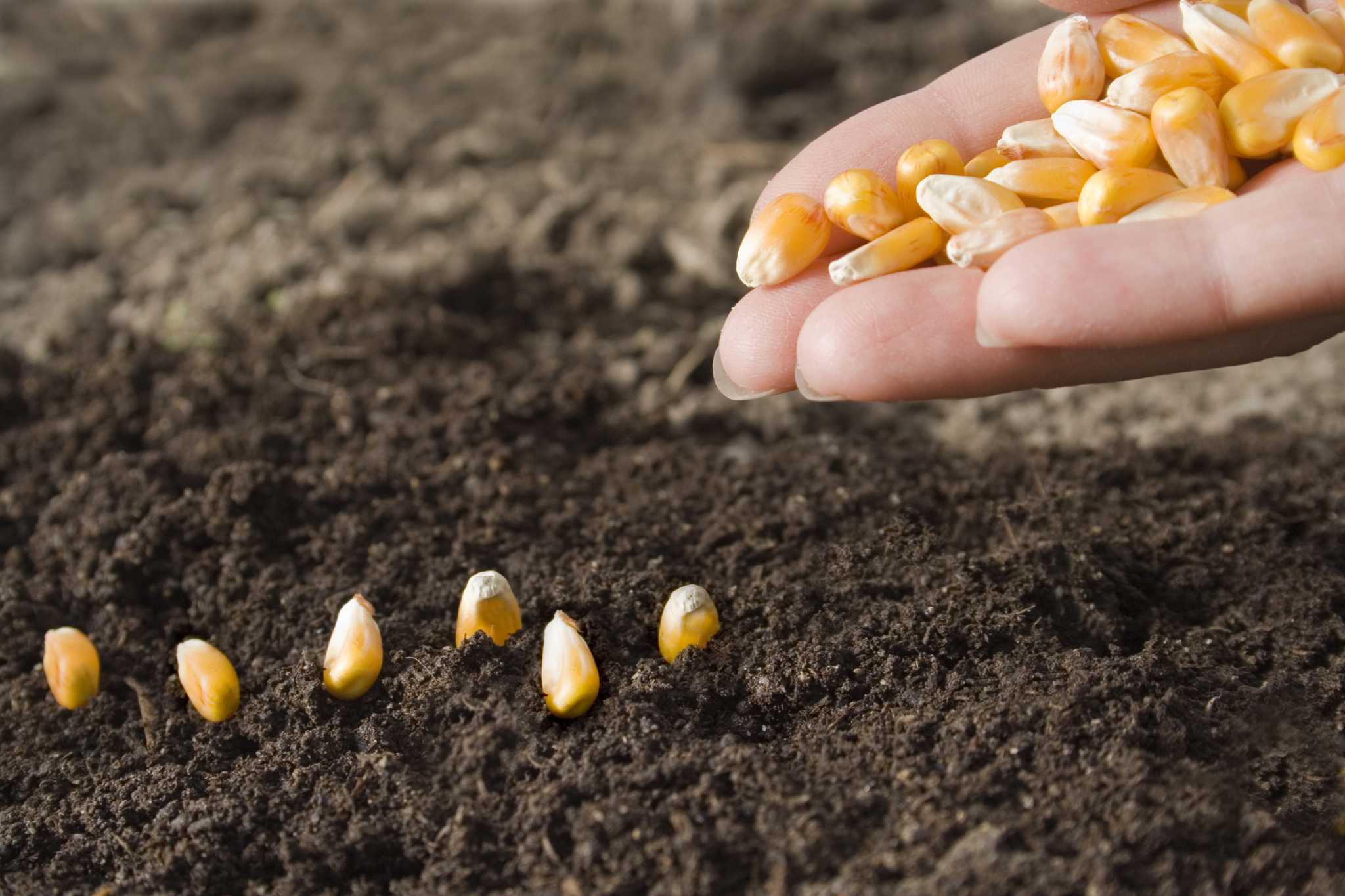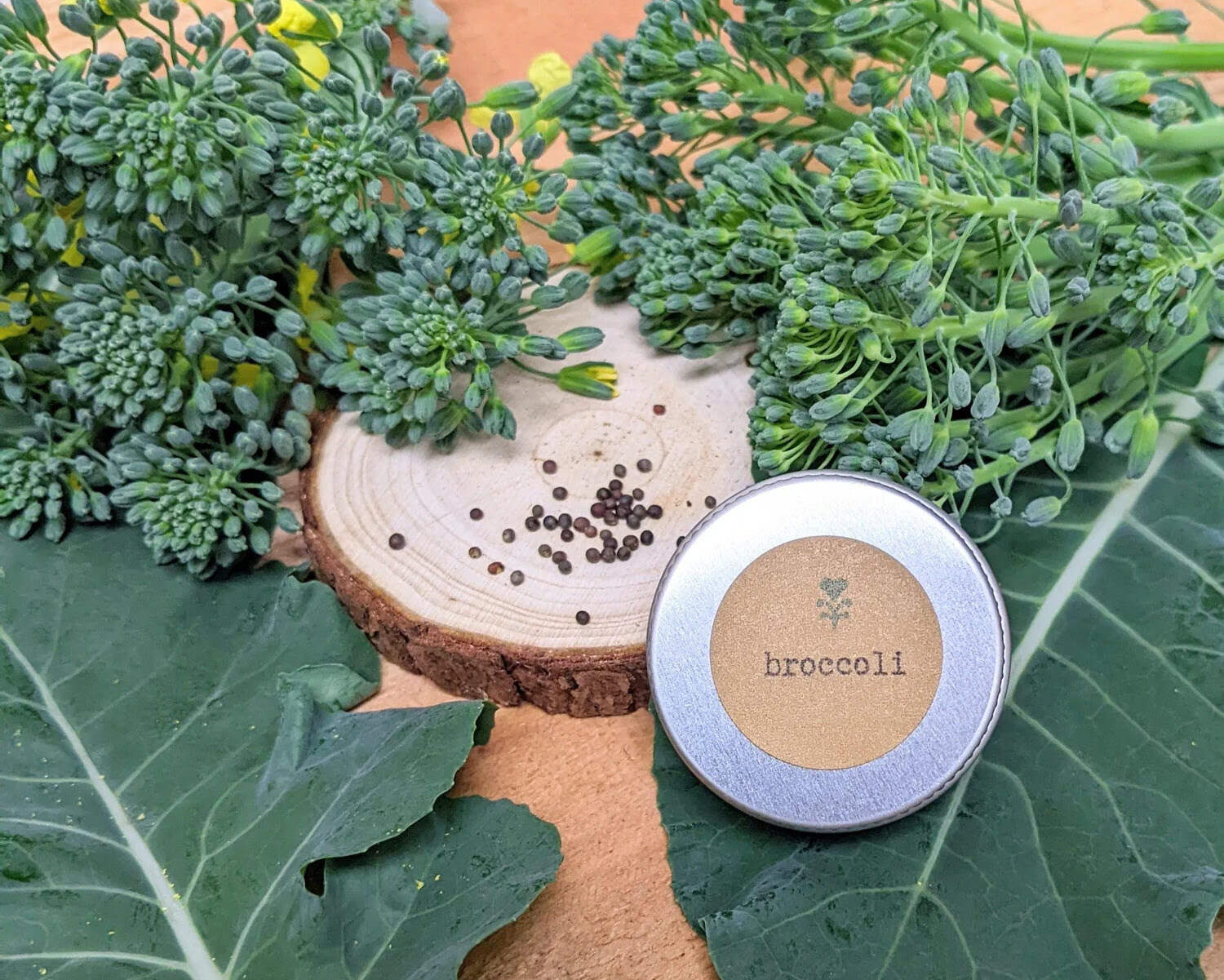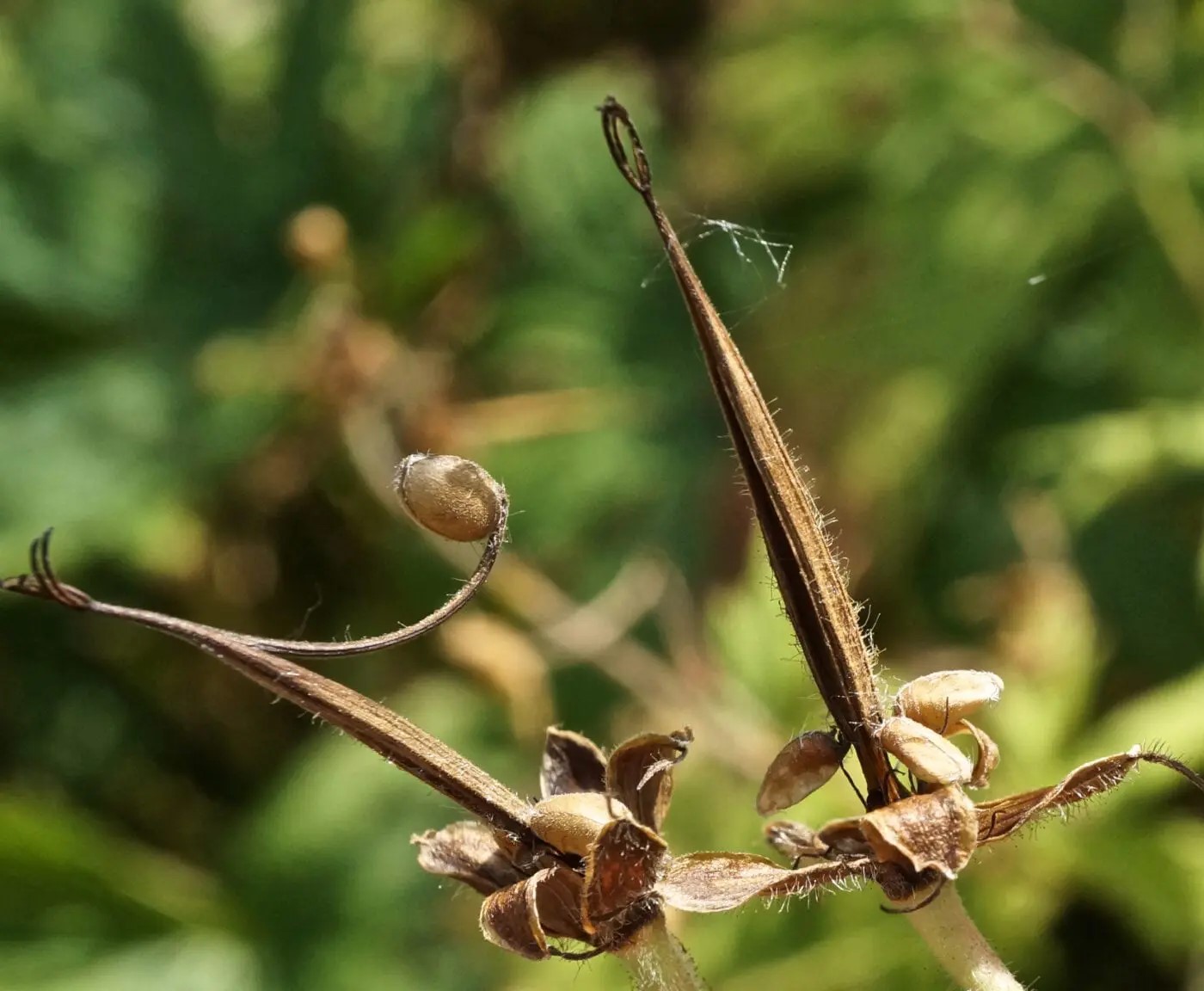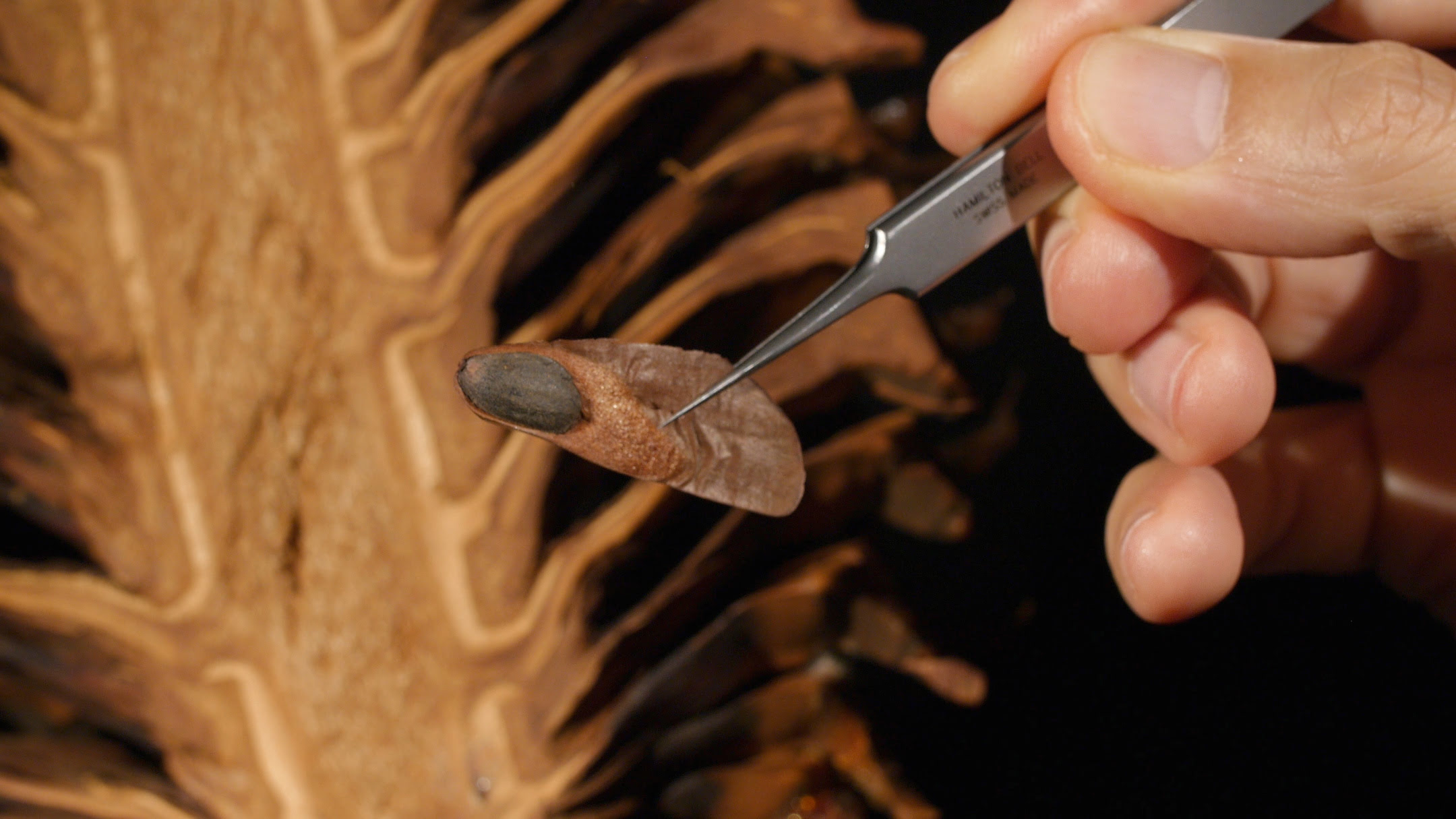Home>Garden Essentials>What Does A Cactus Seed Look Like


Garden Essentials
What Does A Cactus Seed Look Like
Modified: March 15, 2024
Discover what a garden cactus seed looks like and learn how to successfully grow your own cactus plants at home.
(Many of the links in this article redirect to a specific reviewed product. Your purchase of these products through affiliate links helps to generate commission for Storables.com, at no extra cost. Learn more)
Introduction
Welcome to the fascinating world of cacti! These unique plants have captured the imagination of garden enthusiasts and nature lovers alike, with their distinctive shapes, spines, and ability to thrive in arid environments. While cacti are often admired for their stunning appearances and low-maintenance nature, have you ever wondered how these resilient beauties begin their life cycle?
At the heart of every magnificent cactus is a humble seed. The cactus seed holds the potential for growth and development, embodying the essence of life itself. In this article, we will explore the intriguing world of cactus seeds: their appearance, physical characteristics, and the remarkable journey they embark upon to become flourishing cacti.
Whether you are a seasoned gardener or simply curious about the wonders of nature, join us as we unveil the fascinating secrets of cactus seeds.
Key Takeaways:
- Cactus seeds are like tiny, resilient pebbles with unique shapes and colors. They hold the potential to grow into magnificent cacti, each with its own journey and requirements for sprouting.
- The journey of a cactus seed from germination to a thriving plant is a marvel of nature. Understanding their physical characteristics and the germination process can help gardeners create the perfect conditions for these remarkable seeds to flourish.
Read more: What Does Calendula Seeds Look Like
What is a Cactus Seed?
A cactus seed is the reproductive structure of a cactus plant. It is the crucial starting point of a cactus’s life cycle. Like all flowering plants, cacti reproduce sexually, utilizing seeds as the means of propagation. These seeds are produced through the pollination of cactus flowers, which occurs when pollen from the stamen (male reproductive organ) is transferred to the stigma (female reproductive organ).
Cactus seeds are small, often resembling tiny pebbles. They come in various shapes, sizes, and colors, depending on the species of cactus. While some cactus seeds are smooth and round, others may have intricate patterns or textures on their outer surface. Despite their diminutive size, these seeds hold within them the potential to give rise to magnificent cacti.
It is important to note that not all cactus seeds have the same germination requirements or success rates. Each species of cactus has its distinct preferences and adaptations when it comes to seed germination. Some cactus seeds are relatively easy to sprout, while others may require specific environmental conditions, such as higher temperatures or light exposure, to initiate germination.
Now that we have a foundational understanding of what cactus seeds are, let us delve deeper into their physical characteristics and unravel the secrets they hold.
Physical Characteristics of Cactus Seeds
Cactus seeds exhibit a wide range of physical characteristics, reflecting the diversity and adaptability of this plant family. Let’s explore some of the key features that define cactus seeds.
Size and Shape: Cactus seeds vary in size and shape depending on the species. They can range from minuscule seeds, barely visible to the naked eye, to comparatively larger ones. Some cactus seeds are round or oval-shaped, while others may be more elongated or irregularly shaped. These unique shapes enable the seeds to disperse effectively in their native habitats.
Color and Texture: Cactus seeds come in an array of colors, including shades of brown, black, gray, and even vibrant hues like red or yellow. The seed coat may have a smooth texture or be adorned with patterns, ridges, or spiky structures. These variations in color and texture can serve as protective adaptations, allowing the seed to blend in with its surroundings or deter potential predators.
Hardness and Durability: Cactus seeds are known for their durability and ability to withstand harsh conditions. The seed coat, also known as the testa, is often thick and tough, providing protection against physical damage, temperature fluctuations, and dehydration. This resilience allows cactus seeds to survive in arid environments with limited water availability.
Internal Structures: Within the seed coat, there lies the embryo, which contains the genetic material necessary for the development of a new cactus plant. The embryo is surrounded by nutrient-rich tissues, known as endosperm, which provide nourishment to the growing seedling during its early stages of development. This stored supply of nutrients helps sustain the seedling until it can establish its own root system and begin photosynthesis.
Understanding the physical characteristics of cactus seeds is crucial for successful germination. By mimicking their native environmental conditions, such as temperature, moisture levels, and light exposure, we can increase the chances of these remarkable seeds sprouting and flourishing.
In the next section, we will explore the seed coat in more detail and unravel its significance in the germination process of cactus seeds.
Seed Coat
The seed coat, also known as the testa, is the outer protective layer of the cactus seed. It plays a vital role in safeguarding the embryo and ensuring its successful germination and development.
The seed coat serves as a barrier, shielding the delicate interior of the seed from potential threats such as physical damage, pathogens, and dehydration. It acts as a protective shield against external factors that could hinder the germination process. The thickness and composition of the seed coat can vary among different cactus species, reflecting their specific adaptations to their native environments.
In addition to its protective role, the seed coat also plays a crucial role in regulating seed dormancy. Dormancy is a period where the seed remains in a state of suspended animation, preventing germination until ideal conditions are met. The seed coat acts as a physical barrier, preventing water and oxygen from entering the seed, thus preventing germination. This dormancy mechanism allows the seed to wait for optimal conditions, such as sufficient moisture, temperature, and light, before initiating growth.
Furthermore, the seed coat can have specific physiological adaptations that trigger germination. Some cactus seeds have impermeable seed coats that require certain conditions, such as scarification, to break dormancy. Scarification involves the physical or chemical treatment of the seed coat to enhance water absorption, allowing the embryo to resume its development.
It is worth noting that the role of the seed coat extends beyond protection and dormancy regulation. Research has shown that the seed coat can also influence germination rates and seedling establishment. The texture and microstructures present on the seed coat can facilitate water absorption or provide anchorage in the soil, aiding the seedling’s successful emergence.
Understanding the characteristics of the seed coat is crucial when it comes to cactus seed propagation. Soaking or scarification methods can be employed to overcome seed dormancy and enhance germination rates. By carefully manipulating the seed coat, we can unlock the potential of these remarkable seeds and witness the transformation of a small seed into a resilient cactus plant.
In the next section, we will explore the intricate structures housed within the cactus seed – the embryo and its nutrient stores.
Cactus seeds are small, round, and usually black or brown in color. They are often covered in a hard outer shell to protect them from harsh conditions.
Embryo
The embryo is the miniature version of the cactus plant within the seed. It consists of the essential structures and genetic material necessary for the development of a new cactus plant. Encased within the protective seed coat, the embryo holds the promise of future growth and life.
The embryo contains a tiny root called the radicle, which will give rise to the plant’s root system. It also houses the embryonic shoot or plumule, which will develop into the stem and leaves of the cactus. These structures play a vital role in the initial growth and establishment of the seedling.
The development of the embryo is a complex and highly organized process. It initiates when the conditions for germination are favorable, including adequate moisture, suitable temperature, and sometimes exposure to light. As these conditions are met, the embryo awakens from its state of dormancy and begins to grow.
Initially, the radicle starts elongating, driving the root downwards into the soil, while the plumule begins to elongate upwards towards the surface. As the radicle continues to develop, it anchors the seedling firmly in the soil, providing stability and allowing for the absorption of water and nutrients. Simultaneously, the plumule continues to elongate and eventually emerges above the soil as the first set of leaves unfurl.
The growth and development of the embryo are dependent on the availability of stored nutrients. These nutrients are stored in specialized tissues surrounding the embryo, known as the endosperm. The endosperm acts as a food source for the emerging seedling until it can establish a functional root system and start photosynthesis.
The endosperm can vary in composition and abundance among different cactus species. Some cacti produce copious amounts of endosperm, ensuring a continuous source of nutrients for the developing seedling. In contrast, other species produce limited endosperm, requiring the seedling to establish its own nutrient sources at an earlier stage.
As the embryo grows and absorbs nutrients, it gradually transitions from relying on the endosperm’s resources to generating its energy through photosynthesis. This transition marks a significant milestone in the seedling’s development, as it becomes more self-sufficient and independent.
The embryo is a remarkable structure within the cactus seed, containing the blueprint for the future plant’s growth and survival. With the right environmental conditions and access to nutrients, the embryo transforms from a tiny speck into a thriving cactus, contributing its unique beauty to the desert landscapes.
In the next section, we will delve into the importance of nutrient stores within the cactus seed and their role in seedling development.
Read more: What Does Cumin Seeds Look Like
Nutrient Stores
Within the cactus seed, nutrient stores play a vital role in supporting the early development and growth of the seedling. These stores are stored in specialized tissues surrounding the embryo, known as the endosperm. The endosperm serves as a reservoir of nutrients, providing nourishment to the growing seedling until it can establish a functional root system and begin photosynthesis.
The composition and abundance of nutrient stores can vary among different cactus species. Some cacti produce substantial quantities of endosperm, ensuring a plentiful supply of nutrients for the developing seedling. The endosperm can consist of proteins, carbohydrates, oils, and other important compounds that serve as energy sources during early growth stages.
The nutrient stores within the cactus seed serve several crucial functions. Firstly, they provide the necessary energy for the embryo to undergo cell division, elongation, and differentiation. These processes are vital for the formation of roots, shoots, and leaves, as well as the establishment of various plant structures.
Furthermore, the nutrient stores enable the seedling to endure challenging environmental conditions. Cacti are native to arid regions where resources, especially water and nutrients, can be limited. By utilizing the stored nutrients, the young seedling can survive and grow in harsh conditions until it has the capability to access these resources from its surrounding environment.
Additionally, the nutrient stores play a crucial role in the establishment of symbiotic relationships with beneficial soil microorganisms. Some cactus species have seeds that contain specific nutrients that attract and support mycorrhizal fungi. These fungi form a mutualistic relationship with the cactus roots, aiding in nutrient uptake from the soil and enhancing the overall fitness of the plant.
As the seedling continues to grow, it gradually transitions from relying on the nutrient stores to generating its energy through the process of photosynthesis. Through photosynthesis, the seedling synthesizes carbohydrates and other organic compounds, enabling it to sustain its growth and thrive in its environment.
The nutrient stores within the cactus seed are a precious resource that fuels the early development and survival of the seedling. Their presence ensures the seedling’s resilience and ability to withstand challenging conditions, contributing to the success of the cactus plant.
In the next section, we will explore the fascinating process of germination and how cactus seeds sprout and grow into magnificent cacti.
Germination Process
The germination process of cactus seeds is a remarkable journey that encompasses specific environmental conditions, dormancy mechanisms, and the activation of vital biological processes.
While each cactus species may have its unique germination requirements, certain general patterns and stages can be observed. Let’s explore the typical germination process for cactus seeds:
1. Seed Imbibition: The germination process begins with seed imbibition, where the seed takes in water. Adequate moisture is essential for triggering metabolic activities within the seed and breaking dormancy. When the seed absorbs water, it swells, softening the seed coat and signaling the embryo to initiate growth.
2. Activation of Enzymes: As the seed imbibes water, enzymes within the seed are activated. These enzymes catalyze essential biochemical reactions, such as the breakdown of stored nutrients, to provide energy and building blocks for the growing seedling.
3. Radicle Emergence: Once the seed has absorbed sufficient water and metabolic activities have begun, the radicle, or the embryonic root, starts to elongate and protrude from the seed. The radicle anchors the seedling in the soil and absorbs water and nutrients from the surrounding environment.
4. Plumule Emergence: As the root expands, the plumule, or the embryonic shoot, also starts to emerge. The plumule elongates and pushes its way through the soil surface, eventually revealing the first set of leaves.
5. Development of Seedling: With the radicle and plumule successfully emerged, the seedling continues to grow and develop. The root system expands, allowing for increased water and nutrient uptake, while the leafy shoots undergo photosynthesis to generate energy and support further growth.
6. Establishment of the Young Cactus: As the seedling matures, it establishes its own root system, reducing dependency on stored nutrients. The young cactus develops more leaves, spines, and other characteristic features, gradually resembling the mature cactus plant.
It is important to note that the germination process of cactus seeds can be influenced by various factors, such as temperature, moisture levels, light exposure, and even the presence of symbiotic relationships with soil microorganisms. Understanding the specific requirements of individual cactus species is crucial for successful germination.
Furthermore, some cactus seeds may exhibit dormancy mechanisms, requiring specific conditions or treatments to break dormancy and initiate germination. Scarification, stratification, or exposure to certain chemicals are methods used to overcome seed dormancy and promote germination.
The germination process of cactus seeds is a testament to the resilience and adaptability of these plants. From the humble seed to the vibrant cactus, witnessing the transformation from a tiny embryo to a thriving plant is a true marvel of nature.
To conclude, cactus seeds hold within them the potential for growth and beauty. Understanding their physical characteristics, the significance of the seed coat, the development of the embryo, and the nutrient stores they possess provides valuable insights into the intricate processes of germination and seedling establishment. So, the next time you admire a majestic cactus, remember that it all began with a tiny seed and a remarkable journey of germination.
Conclusion
In the captivating world of cacti, the journey from a tiny seed to a magnificent plant is a testament to nature’s ingenuity and resilience. Cactus seeds, with their unique physical characteristics, hold the promise of life and growth. They are the foundation upon which these impressive plants take root and thrive.
We have explored the physical characteristics of cactus seeds, from their varied shapes and colors to the protective seed coat that shields the delicate embryo. The embryo, encompassing the radicle and plumule, carries the genetic material and structures necessary for the development of a new cactus plant.
Within the seed, nutrient stores in the form of endosperm provide nourishment to the growing seedling, allowing it to overcome challenging environmental conditions and establish itself. The fascinating germination process, encompassing seed imbibition, enzyme activation, root and shoot emergence, and the establishment of a young cactus, showcases the remarkable journey from seed to plant.
Understanding the intricacies of cactus seeds and their germination process provides valuable insights for gardeners, botanists, and nature enthusiasts alike. By providing the optimal conditions, such as temperature, moisture, light, and sometimes specific treatments, we can increase the chances of successful germination and witness the transformation of a small seed into a striking cactus plant.
So, the next time you come across a cactus, take a moment to appreciate the humble beginnings and the journey it undertook. From a tiny seed, it overcame challenges, tapped into nutrient reserves, and emerged as a resilient and captivating plant that thrives in arid environments.
As we deepen our understanding of cactus seeds, their physical characteristics, and the intricacies of their germination process, let us continue to marvel at the wonders of nature and the potential for growth held within a small, unassuming seed.
Embrace the beauty of cacti and the miracles that unfold from their seeds, and may your own gardening adventures be filled with awe-inspiring growth and vibrant plant life.
Frequently Asked Questions about What Does A Cactus Seed Look Like
Was this page helpful?
At Storables.com, we guarantee accurate and reliable information. Our content, validated by Expert Board Contributors, is crafted following stringent Editorial Policies. We're committed to providing you with well-researched, expert-backed insights for all your informational needs.















0 thoughts on “What Does A Cactus Seed Look Like”